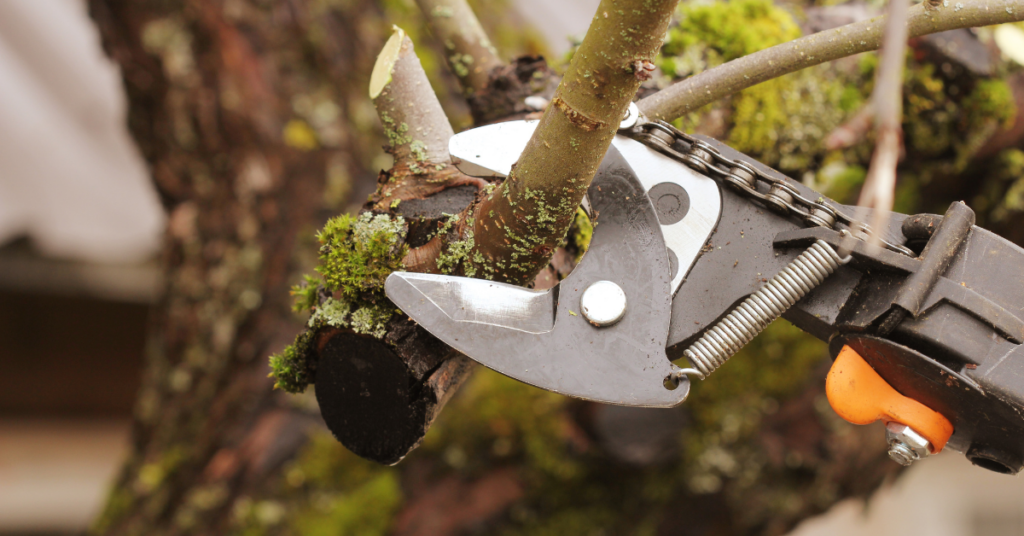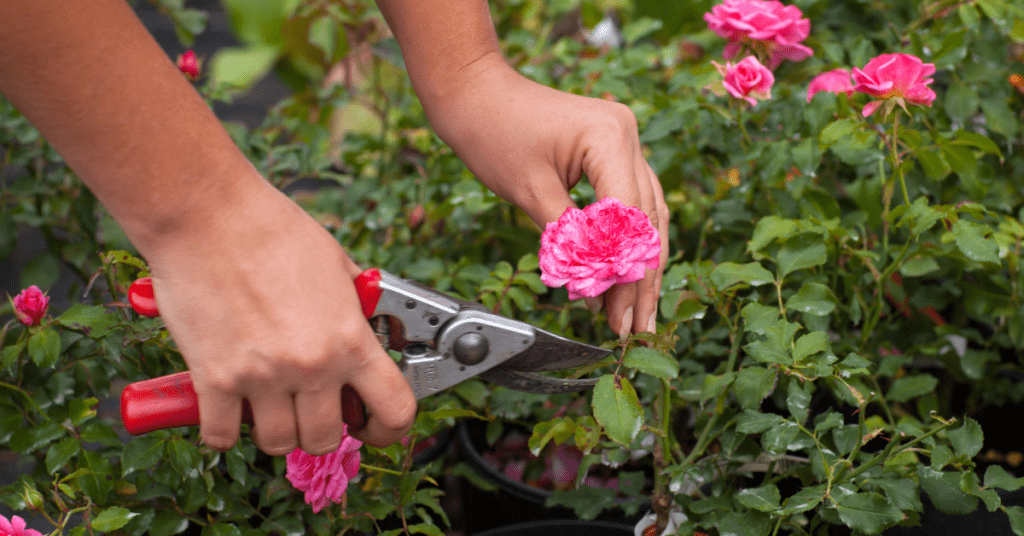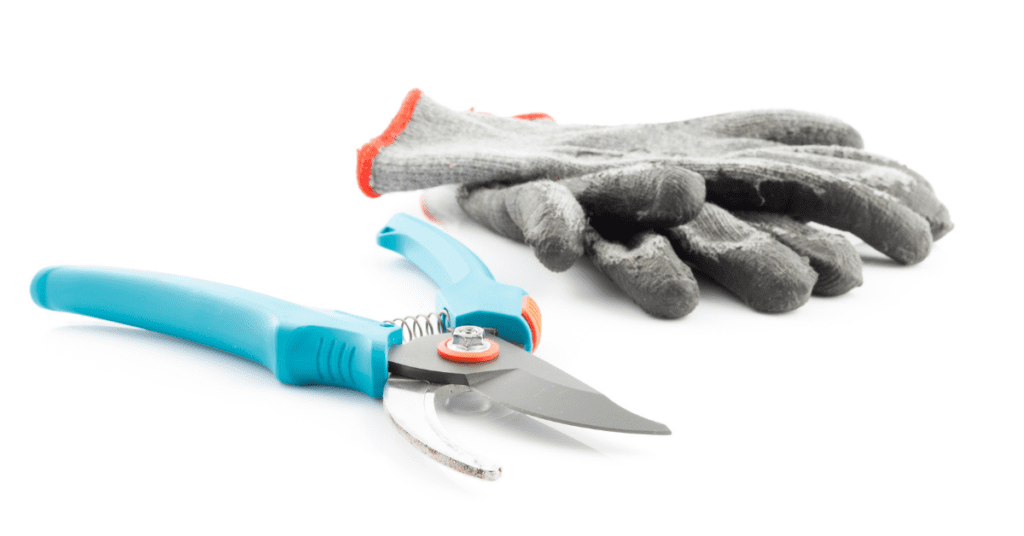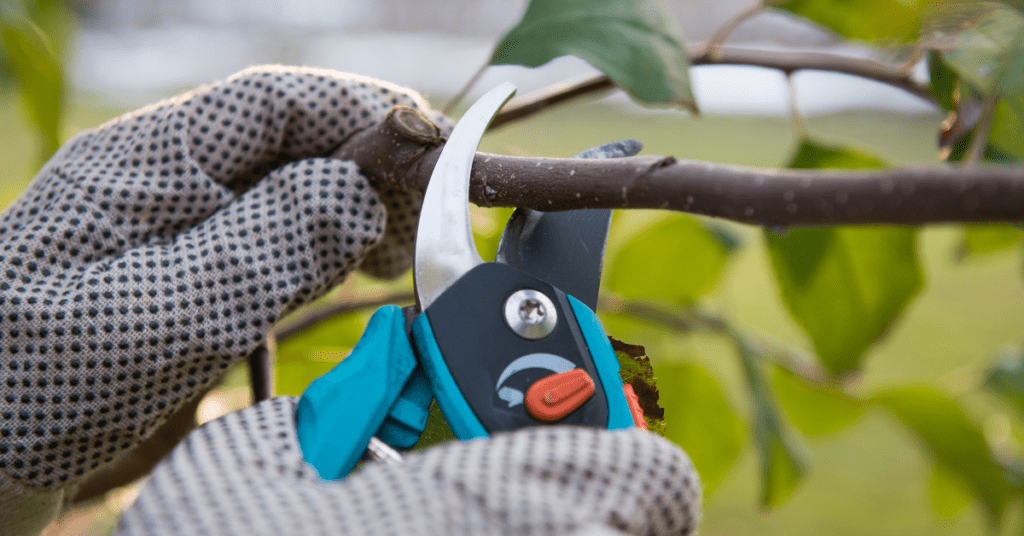Maintaining the health and beauty of your trees and shrubs is an important part of good landscape care. With the right knowledge, homeowners can utilize two types of pruning techniques – structural pruning and health pruning – to keep their plants looking lush and healthy. However, there are times when a tree might need to be removed. Learn the signs that it might be time to remove your tree and how to tell if a tree needs to be cut down. We’ll go over what these two types of pruning are, the benefits they provide, how often they should be done, and what tools are necessary for pruning each type successfully.
What is Structural Pruning?
Structural pruning is a form of pruning that focuses on improving the architecture of the branches within the crown of a tree. This kind of maintenance for a young or middle-aged tree will attend to the pruning needs of the tree and help it grow in the best way possible. The benefits of structural pruning include reducing the potential for storm damage, reducing disease issues, reducing future maintenance costs, improving the appearance of the tree, and increasing the useful life of the tree in your landscape. Structural pruning should typically be done every 2-5 years, with younger trees needing more frequent maintenance (every 2-3 years) and more mature trees operating on a 3-5 year cycle.

What is Health Pruning?
Health pruning is the ongoing, yearly pruning of plants to promote the best possible health. Unlike shearing shrubs or cutting certain tree limbs off, health pruning is an art, as each cut made alters the shape, habits, and look of the plant. When health pruning, you remove overgrown, damaged, or diseased parts of the plant, including structurally unstable branches, limbs, and even roots. This encourages healthier growth overall. Learn more about the difference between tree trimming and pruning.

Safety Considerations with Pruning
When pruning, it is important to follow safety measures to protect yourself and the tree. Make sure not to overextend the capabilities of your pruning tool. Check the area around you before making any cuts, and never prune anything within 10 feet of power lines. If you have a tree close to your house, you might want to consider removing it instead. Protective gear such as safety glasses and gloves should be worn when pruning.
Tools Necessary for Pruning
Having the right set of tools is important to ensure proper pruning each time. These include secateurs, loppers, pole saws, pruning saws, shears, and long-reach pruners. After pruning, you might have a tree stump to deal with – find out your options. Depending on the job needed, certain tools may be better than others. It’s important to learn which tools work best in different situations.

Differences between Structural Pruning and Health Pruning
The main difference between structural pruning and health pruning is that structural pruning focuses on improving the architecture of the tree, while health pruning focuses on removing overgrown or damaged areas of the tree to encourage healthier growth. Results from both types of pruning will differ–while health pruning may yield a healthier looking tree overall, structural pruning may lead to a more aesthetically pleasing appearance.
In conclusion, understanding the differences between structural and health pruning, as well as having the right tools and safety considerations in place, is essential for homeowners looking to properly maintain the health and beauty of their trees and shrubs. Properly implemented structural and health pruning can lead to healthier, longer lasting plants in your landscape. Be cautious if a tree is too close to your house, as it can cause problems.
Proper pruning techniques are key to maintaining the health and beauty of your trees and shrubs. Structural pruning and health pruning are two types of pruning that can help you achieve this goal. With structural pruning, you can improve the architecture of your tree’s branches and reduce the potential for storm damage, disease issues, and future maintenance costs. Health pruning focuses on removing overgrown or damaged areas of the tree to promote healthier growth. To ensure proper pruning, it’s important to have the right tools and safety considerations in place. If you’re unsure whether it’s time to remove your tree, check out our article on the signs that indicate it might be time to remove your tree. For tree services in Victoria, BC, contact our team of professional arborists.


